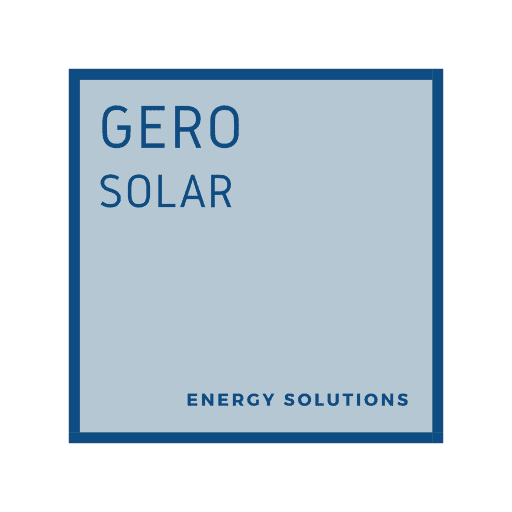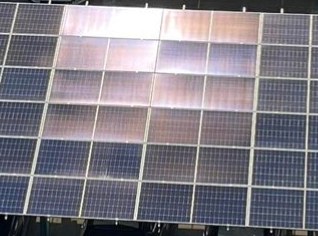Understanding the Dynamics
At Gero Solar, we often encounter queries about the positioning of solar panels – specifically, their azimuth and tilt. It’s a vital aspect that significantly influences the energy output of solar installations. Interestingly, even at the same location, these factors can vary, leading to different energy yields.
Decoding Azimuth and Tilt
- Azimuth: Imagine a line drawn from the center of your solar panel to the south; the angle this line makes with the vertical plane of your panel defines the azimuth. East is marked at 90° and west at -90°.
- Tilt: This refers to the angle your solar panel forms with the ground. Optimally, this should be set at an angle that garners the maximum energy over a year. This “sweet spot” is influenced by your geographical latitude – higher latitudes generally require steeper angles.
The Impact of Positioning on Energy Yield
The orientation of solar panels can make or break the system’s efficiency. For example, at a latitude of 39° north, optimal results are seen with a tilt of around 39° and an azimuth of 0°.
- Influence of Azimuth: If your panels aren’t facing due south and veer off by -90° to 90°, the energy output fluctuates. Interestingly, east or west-facing installations experience similar power generation losses.
- Impact of Tilt Variations: Every region has an ‘ideal’ tilt, linked to its latitude. Deviations from this optimal tilt lead to varying degrees of energy loss, which intensifies as the difference between actual and optimal tilt increases.
Localized Trends and Global Principles
- Low Latitude Areas: Lesser power loss is observed with minimal tilt, whereas vertical installations lead to greater loss.
- Optimal Tilt Variance: Minor deviations (±5°) from the optimal tilt have negligible impact on energy output.
Summing It Up
The efficiency of a solar PV system is intricately linked to the azimuth and tilt of its panels. While aiming for the south azimuth and perfect tilt is ideal, real-world scenarios often require a balance, taking into account factors like snow, terrain, and space constraints. It’s a delicate dance of positioning to ensure peak system performance.

